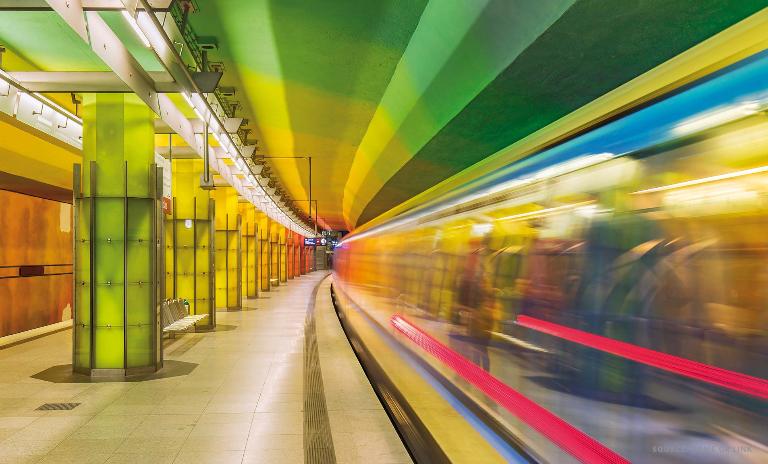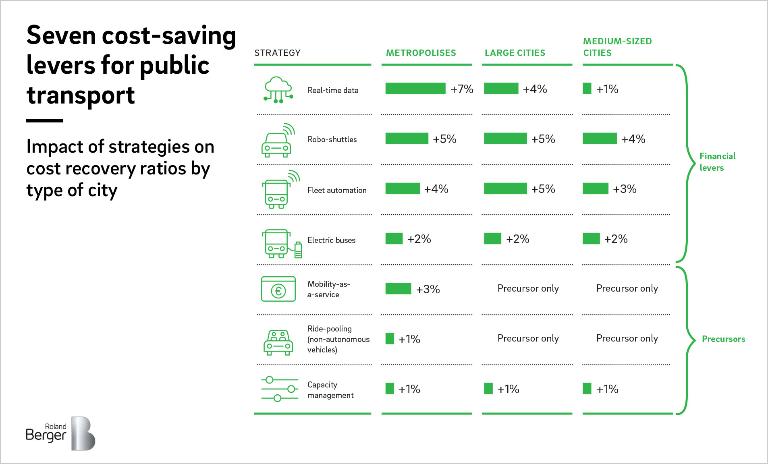Public transit can operate more profitably with new technology
![{[downloads[language].preview]}](https://www.rolandberger.com/publications/publication_image/roland_berger_oepnv_der_zukunft_cover_en_1_download_preview.jpg)
Public transport companies can balance their books better with new technologies – some may even be able to turn a profit. Roland Berger describes seven strategies for improving cost recovery ratios.










